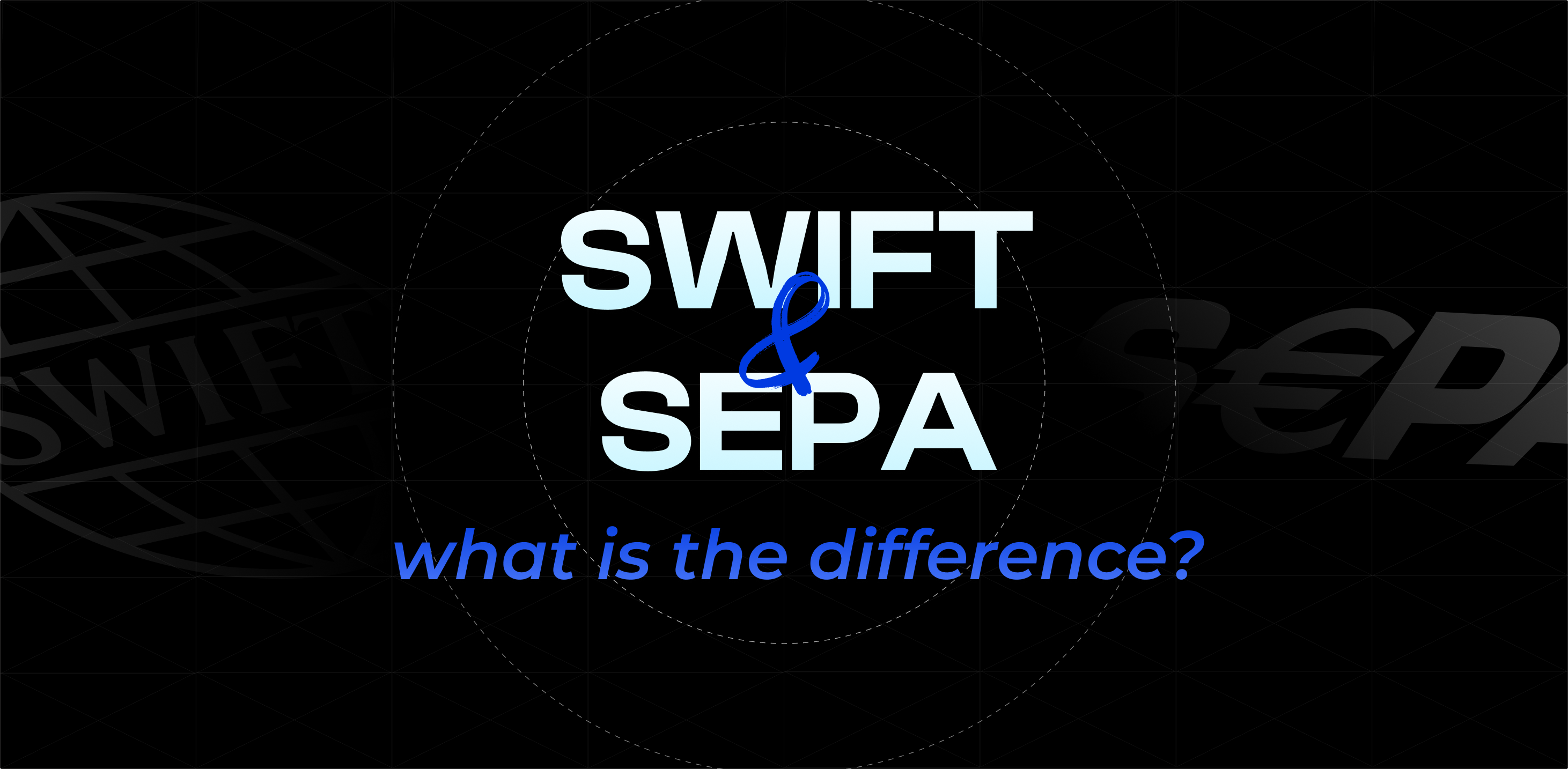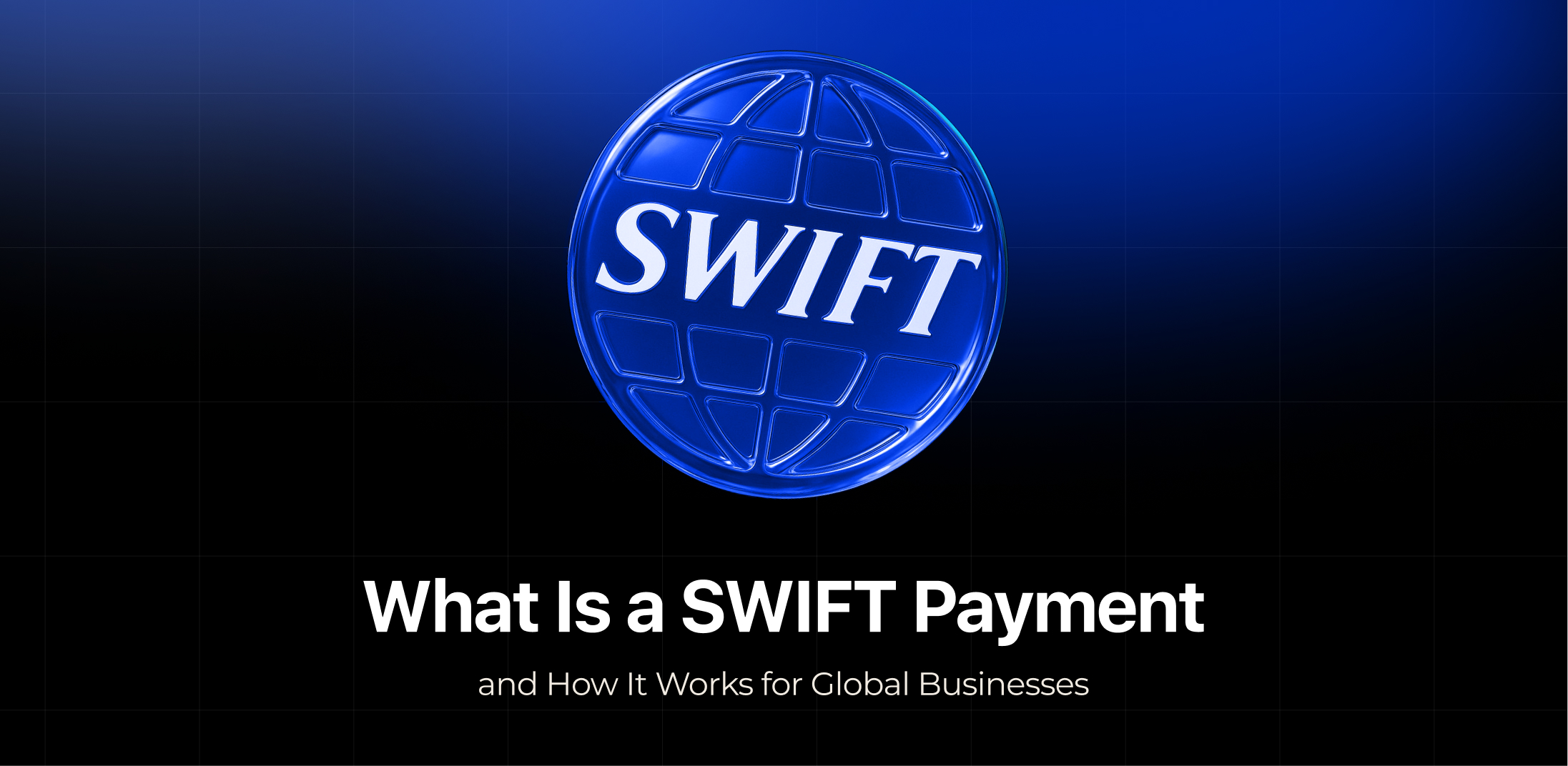When confronted with the necessity of executing an international bank transfer, many of us have encountered acronyms like SEPA and SWIFT. Nonetheless, what precisely do these acronyms signify? Without delving excessively into intricate specifics, SEPA denotes the Single Euro Payments Area, an integrated payment system crafted for facilitating financial transactions within Europe. On the other hand, SWIFT represents the Society for Worldwide Interbank Financial Telecommunication, an internationally utilized system employed for the transmission of funds across the globe. Within this guide, we shall delve deeper into these payment systems, beginning with a foundational concept known as the International Bank Account Number (IBAN).
Understanding the Significance of IBAN: its purpose and Importance
IBAN, an acronym for International Bank Account Number, serves as a convenient tool for facilitating money transactions, primarily within European countries. The structure of this alphanumeric code varies across nations and can consist of up to 34 characters.
The advantages of IBAN are manifold:
- It enables precise identification of the intended beneficiary, including their country and unique bank account details.
- It expedites the financial transaction process.
- Furthermore, it reduces the amount of information previously required for payment transactions at banks.
- In certain instances, it obviates the necessity of utilizing a SWIFT account.
Locating your IBAN is a straightforward task within your banking application. If you do not utilize such an app, contacting your financial institution’s operator will enable you to ascertain your IBAN.
Naturally, utilizing this code is a seamless process, requiring only the entry of your account number. However, not all bank accounts possess this code. Should you need to send money to a recipient in the United States or Australia, for instance, an ABA routing number and a SWIFT code would be requisite. The SWIFT Registry provides a comprehensive list of countries that employ the IBAN code.
The history of IBAN
Prior to the inception of IBAN, diverse countries employed disparate bank account numbering systems for transfers, resulting in sluggish transactions and additional financial burdens. However, in 1997, a breakthrough occurred with the introduction of the standardized (ISO) bank account format for international transactions.
Presently, IBAN serves as a catalyst for expeditious data verification, eliminating errors that often incur exorbitant fees and payment delays. While its primary usage is prevalent within the Eurozone, countries such as Ukraine and Israel have also embraced this system. Notably, each nation employs its own financial transaction frameworks in the international arena. For instance, American banks rely on ABA numbers for domestic transfers and leverage SWIFT for transactions in foreign markets. The applicability of IBAN depends on the recipient’s country and its specific requirements.
Is it permissible to disclose my IBAN to others?
You can indeed share your IBAN with other individuals, as it poses no inherent risk. Its purpose is to enable the sender to initiate payments to your account securely. However, it is important to exercise caution and refrain from divulging your CVV account or complete bank card number. Sharing such sensitive information can potentially lead to unauthorized withdrawals from your account. Thus, it is advisable to exercise discretion when providing this data to unverified parties.
Understanding the Significance of SWIFT Code
SWIFT, an acronym for the Society for Worldwide Interbank Financial Telecommunication, serves as a vital data exchange system utilized by financial institutions and banks to facilitate secure international financial transactions. SWIFT code, also known as a Bank Identifier Code (BIC), adheres to a specific format. It enables global financial transactions by identifying the geographic location, bank, and branch involved. This code effectively breaks down information into three distinct components. Consisting of 8 to 11 characters, the SWIFT code encompasses the code for the financial institution, the country, the location, and the branch. Similar to IBAN, banks levy a commission ranging from 3% to 5% on transfers, depending on the transaction amount and the specific geolocation involved. Access to the SWIFT code can be obtained through the bank’s online application.
Distinguishing Features: IBAN vs. SWIFT
Given their application in international financial transactions, it is understandable to encounter confusion between IBAN vs SWIFT. Let us examine the key distinctions between these codes:
- IBAN serves the purpose of identifying your bank account, whereas SWIFT is employed to identify your bank.;
- While IBAN functions as a representation of a bank account, SWIFT primarily operates as a messaging system that links various banking institutions together.
- a SWIFT code comprises three specific components: location, bank, and branch;
- the IBAN code is utilized for financial transactions exclusively between banks, whereas SWIFT is employed by banks, service providers, brokers, corporate entities, and diverse businesses.
SWIFT codes do not denote unique bank accounts, hence in certain cases, additional information such as the IBAN code may be required for monetary transactions.
If the beneficiary country does not mandate the use of IBAN, resorting to SWIFT becomes the only viable option. It is important to note that employing the SWIFT method incurs higher fees, as the funds will pass through intermediaries or correspondent financial institutions.
SEPA Explained: Enhancing Financial Transfers within Europe
When it comes to standard financial transactions conducted within Europe, the choice of the system may not hold significant importance. Nevertheless, it is crucial to grasp key details about SEPA.
SEPA, an acronym for the Single Euro Payments Area, facilitates seamless financial transfers between both EU and non-EU countries. Its implementation has effectively eliminated the need for separate domestic and large-scale transaction systems.
This system employs a unified set of financial instruments and procedures, catering to the transactional needs of large corporations. The notable advantage and distinguishing feature of SEPA lies in its ability to enable fee-free and commission-free payments between European businesses. Unlike other systems, no additional codes or bank details are required for transfers.
SEPA transactions are renowned for their impressive processing speed, with payments typically received within a day of processing. Moreover, these transfers boast heightened security measures, providing users with ease and swiftness in resolving any disputes that may arise.
SEPA vs SWIFT: Crucial Distinctions
The primary contrast between these two systems lies in their geographic scope. SWIFT serves as an international money transfer system, enabling transactions across the globe. It acts as a network connecting banks in diverse countries, transmitting transfer data encompassing credited amounts and vital information. On the other hand, SEPA operates within a defined set of 36 member countries, exclusively facilitating transfers in the euro currency.
Considering geographical accessibility, SWIFT emerges as the top choice for transfers to recipients outside of Europe. This system extends its reach beyond direct bank interactions, encompassing correspondent relationships. It allows senders to transmit funds in any currency, irrespective of the originating account. Its extensive user base, comprising approximately 11,000 corporations worldwide, instills confidence and engenders high levels of user loyalty.
However, when the objective involves sending money to a recipient within the European Union, opting for SEPA unquestionably presents the optimal solution.
Determining the Cost of Fund Transfers
The expenses associated with transferring funds between banks across international borders rely on various factors. However, the PaySaxas Smart Payment System offers an optimal solution, ensuring seamless, expedited, secure, and cost-effective money transfers. By leveraging our services, you can effortlessly execute transactions without incurring additional fees and benefit from the most favourable exchange rates. Our system operates with exceptional efficiency, ensuring prompt processing of transactions, thereby enabling your transfer to reach the intended recipient on the very same day.
PaySaxas: Accelerated, Secure, and Financially Efficient
At PaySaxas, we provide a superior platform for managing your funds with the utmost quality. Our comprehensive accounts empower you to execute transactions swiftly and securely with recipients across the globe. We pride ourselves on offering competitive fees while ensuring prompt transfer processing without unnecessary delays.
Our intelligent system operates round the clock, enabling secure financial transactions seamlessly across different time zones. We employ cutting-edge technology to facilitate highly functional and traceable transactions, guaranteeing both peace of mind and utmost security.
To initiate a transaction, simply register with our system or reach out to our dedicated team for personalized assistance.
To summarise
SEPA and SWIFT, as distinct payment systems, facilitate international financial transactions. When it comes to speed and reliability, SEPA holds the advantage. However, SWIFT offers the flexibility of transfers worldwide.
At PaySaxas financial solutions corporation, we acknowledge the significance of leveraging both payment systems. Our objective is to deliver secure and efficient transactions that meet the needs of our clients. We highly value your time, and your requirements are our utmost priority. You can confidently entrust us with your financial tasks, and we will ensure the provision of top-notch service.








